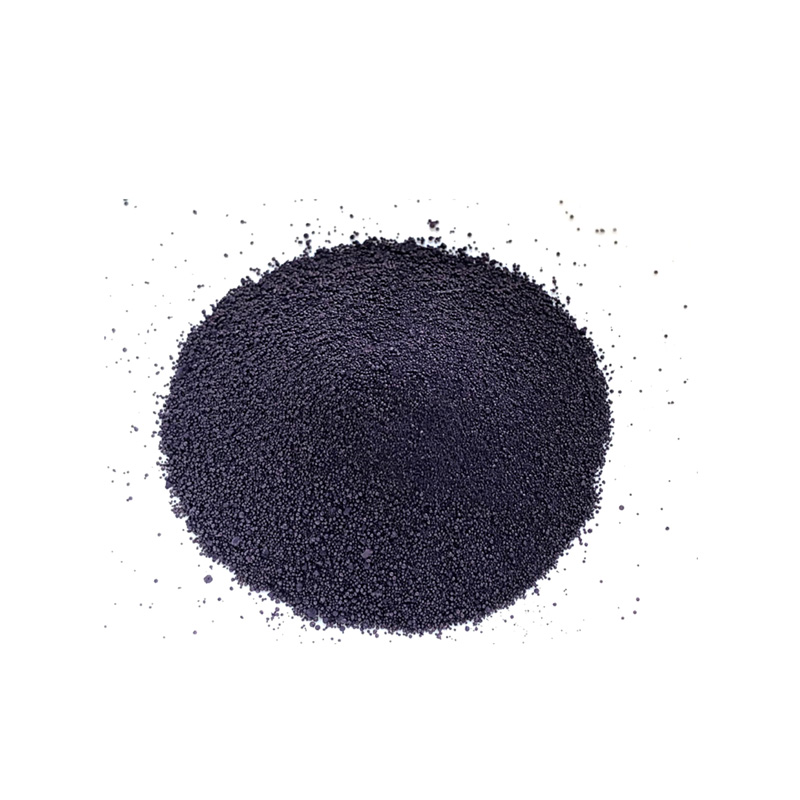sulphur dyes pricelist
Understanding the Pricing Landscape of Sulphur Dyes
Sulphur dyes, known for their deep shades and excellent wash fastness, play a crucial role in the textile industry, especially for cotton and cellulosic fibers. As the demand for high-quality dyes continues to rise, understanding the pricing dynamics of sulphur dyes becomes essential for manufacturers, retailers, and consumers alike.
Overview of Sulphur Dyes
Sulphur dyes are derived from sulfur and are typically used for dyeing various textiles, particularly in the preparation of darker shades. They are favored for their cost-effectiveness, vibrant colors, and their ability to achieve good color fastness under different washing conditions. Commonly used colours include blacks, browns, and a range of deep shades. The application process involves reducing the dye into a soluble form before application and then oxidizing it back into its insoluble state, resulting in a strong bond with the fiber.
Factors Influencing Sulphur Dye Prices
1. Raw Material Costs The cost of raw materials used in the production of sulphur dyes greatly affects the final pricing. Fluctuating prices of sulfur, sodium sulfide, and other chemicals impact the production costs. A rise in raw material prices—due to supply chain disruptions or increased demand—can lead to higher prices for the dyes.
2. Manufacturing Processes The complexity and efficiency of the manufacturing process can also influence the pricing. Manufacturers investing in advanced technologies and processes might produce dyes more efficiently, affecting their cost structure. Conversely, traditional methods may yield higher production costs, which can be reflected in the pricing.
3. Market Demand The textile industry's demand for sulphur dyes directly correlates with pricing trends. As fashion trends evolve, particularly towards sustainable and vibrant textiles, demand for specific colours can spike, influencing pricing strategies. Seasonal trends, especially around fashion weeks and festivals, can create fluctuations in dye prices.
4. Regulatory Framework Environmental regulations regarding dye production and usage can impact pricing. Stricter regulations may increase compliance costs for manufacturers, which could be passed on to customers in the form of higher prices. Conversely, manufacturers who adapt early may find a competitive advantage, influencing the market dynamics.
sulphur dyes pricelist

5. Geopolitical Factors Political stability in regions where raw materials are sourced can impact supply availability, thus affecting pricing. Trade tariffs and international relations also play a significant role, particularly in regions reliant on imported dye materials.
Current Pricing Trends
Recent industry reports have indicated a gradual increase in sulphur dye prices over the past few years, attributed primarily to rising raw material costs and the increased demand for sustainable dyes. For example, while basic sulphur black dyes may have been priced at $3-$5 per kg two years ago, current prices range between $4-$7 per kg due to the aforementioned factors. Price differences can also be found between various grades of dye, which cater to different quality standards and applications.
In contrast, branded or specialty sulphur dyes, known for their exceptional qualities and performance, can command prices upwards of $10 per kg. Manufacturers often position these products as premium offerings, capitalizing on their enhanced color fastness and eco-friendliness.
Impact on End Users
For textile manufacturers and end-users, understanding the pricing of sulphur dyes is critical for budgeting and material sourcing. The choice of dye not only affects the aesthetic and quality of the final product but also the overall production costs. Savvy manufacturers are exploring strategic partnerships with dye suppliers to secure better pricing and ensure a stable supply of necessary materials.
Conclusion
As the textile industry continues to evolve, the pricing landscape of sulphur dyes will likely experience further changes. Industry stakeholders must remain vigilant in monitoring market trends, understanding raw material fluctuations, and adapting to regulatory changes to navigate this complex environment effectively. By doing so, they can ensure a sustainable and profitable operation in an ever-competitive marketplace.
-
Sulphur Black Dyes in Daily Use
NewsMay.07,2025
-
Indigo Dyeing for Daily Life
NewsMay.07,2025
-
Indigo Dye Production and Its Growing Demand
NewsMay.07,2025
-
Color That Lasts
NewsMay.07,2025
-
Bromo Indigo for Modern Use
NewsMay.07,2025
-
Blue From Nature
NewsMay.07,2025
-
The Timeless Color in Fashion and Textiles
NewsApr.10,2025

Sulphur Black
1.Name: sulphur black; Sulfur Black; Sulphur Black 1;
2.Structure formula:
3.Molecule formula: C6H4N2O5
4.CAS No.: 1326-82-5
5.HS code: 32041911
6.Product specification:Appearance:black phosphorus flakes; black liquid

Bromo Indigo; Vat Bromo-Indigo; C.I.Vat Blue 5
1.Name: Bromo indigo; Vat bromo-indigo; C.I.Vat blue 5;
2.Structure formula:
3.Molecule formula: C16H6Br4N2O2
4.CAS No.: 2475-31-2
5.HS code: 3204151000 6.Major usage and instruction: Be mainly used to dye cotton fabrics.

Indigo Blue Vat Blue
1.Name: indigo blue,vat blue 1,
2.Structure formula:
3.Molecule formula: C16H10N2O2
4.. CAS No.: 482-89-3
5.Molecule weight: 262.62
6.HS code: 3204151000
7.Major usage and instruction: Be mainly used to dye cotton fabrics.

